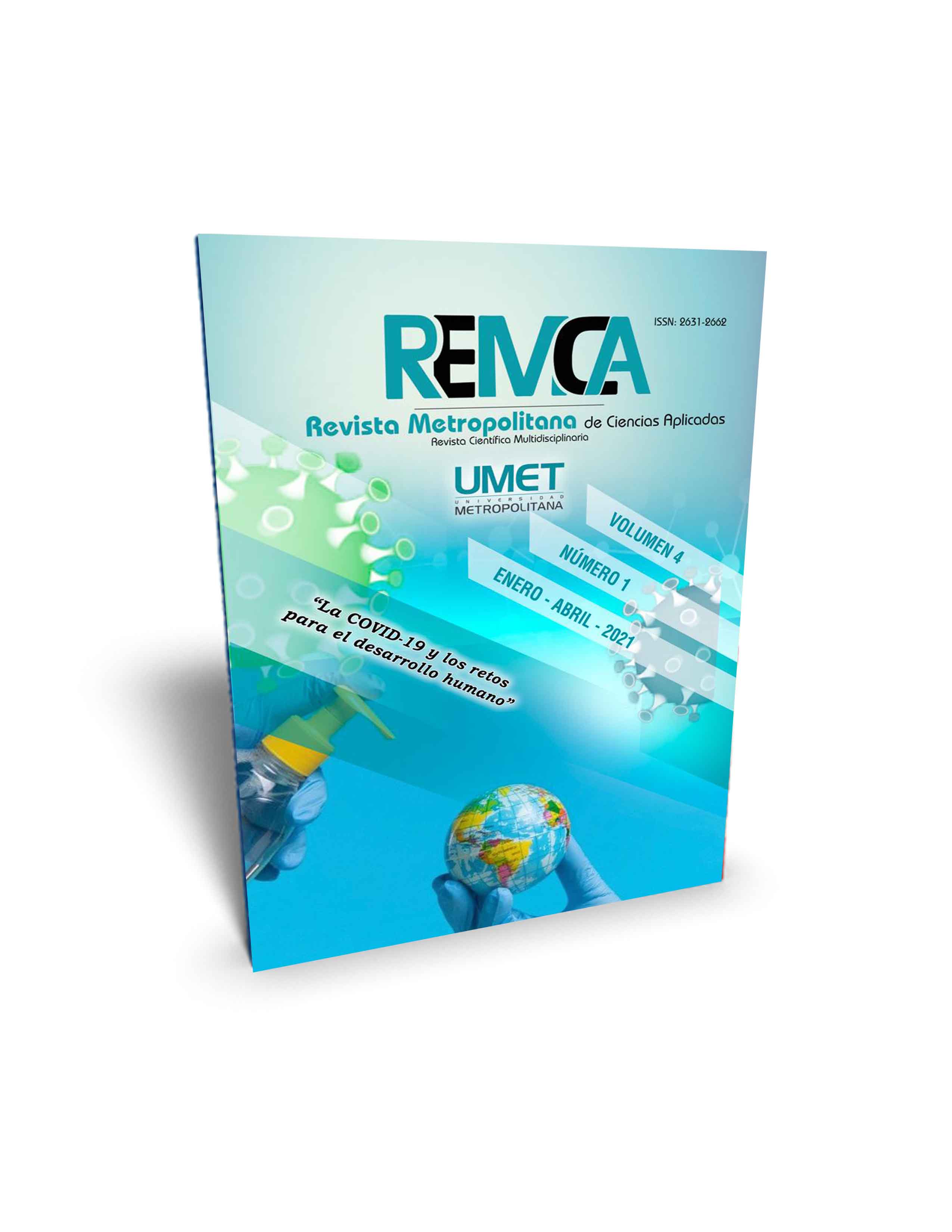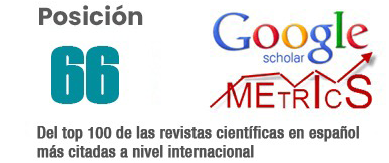Glanzmann's Thrombasthenia: presentation of a case
DOI:
https://doi.org/10.62452/207yjb75Keywords:
Glanzmann's thrombasthenia, primary infertilityAbstract
Glanzmann's thrombasthenia (TG) as a term is not new, since many investigations have been carried out with cases of patients with platelet malfunction in the organisms, caused by consanguinity, that is, relationships such as the family itself. The research developed with a case with a diagnosis of Glanzmann thrombasthenia established in childhood. The patient has caused and served as an impact for the doctor-patient exchange, accompanied by menstrual disorders and an amenorrhea of three years of onset, associated with a primary infertility attended at the Territorial Center for Assisted Reproduction of Cienfuegos, at the General University Hospital "Dr. Gustavo Aldereguía Lima”. For this reason, a deeper scientific and practical search has been required in relation to the referred case.
Downloads
References
Bascones-Martínez, A., Muñoz-Corcuera, M., & Bascones-Ilundain, C. (2012) Manifestaciones clínicas de las hemopatías no neoplásicas en Odontología. Revista ELSEVIER, 139(1), 18-24.
Boilard, E. & Nigrovic, P. A. (2018). Plaquetas. En, G. Firestein, R. Budd, E. Sherine, I. McInnes & R. James. Tratado de reumatología. (pp. 264-73). Elsevier.
George, J. N., Caen, J. P., & Nurdenm A. T. (1990). Glanzmann's thrombasthenia: the spectrum of clinical disease. Blood, 75(7), 1383-1395.
Glanzmann, E. (1939). Einführung in die Kinderheilkunde. Vorlesungen für Studierende und Ärzte.
Glanzmann, E. (1918). Hereditäre hämorrhagische Thrombasthenie. Ein Beitrag zur Pathologie der Blutplättchen. Jahrbuch für Kinderheilkunde und physische Erziehung, 88, 113-141.
Hoffman, R., Benz, E. J., Silberstein, L. E., Heslop, H. E., Weitz, J.I., Anastasi, J., Salamam, M. E., & Abutalib, S. (2018). Hematology: Basic Principles and Practice. Elsevier.
Mitchell, W. B., Li, J., Murcia, M., Valentin, N., Newman, P. J., & Coller, B. S. (2007). Mapping early conformational changes in αIIb and β3 during biogenesis reveals a potential mechanism for αIIbβ3 adopting its bent conformation. Revista Blood: Hemostasis, Thrombosis, and Vascular Biology, 109(9), 3725–3732.
Nurden, A. T., Pillois, X., & Nurden, P. (2012). Understanding the genetic basis of Glanzmann thrombasthenia: implications for treatment. Revista PubMed: Expert Rev Hematol., 5(5), 487-503.
Nurden, A. T., Pillois, X., & Wilcox, D. A. (2013). Glanzmann Thrombasthenia: State of the Art and Future Directions. Thieme: Semin Thromb Hemost., 39 (6), 642-655.
Pagel, O., Loroch, S., & Sickmann, A., & Zahedi, R. (2015). Current strategies and findings in clinically relevant post-translational modification-specific proteomics. Expert Rev Proteomics, 12(3), 235–253.
Swathi, J., Gowrishankar A., Jayakumar S. A., & Jain, K. (2017). A rare case of bleeding disorder: Glanzmann's thrombasthenia. Annals of Africans Medicine, 16(4), 196-198.
Downloads
Published
Issue
Section
License
Copyright (c) 2021 Neisy Chávez González, Aimé María Reyes Pérez, Práxedes de Regla Rojas Quintana, Yobady del Sol Hernández (Autor/a)

This work is licensed under a Creative Commons Attribution-NonCommercial-ShareAlike 4.0 International License.
Authors who publish in Revista Metropolitana de Ciencias Aplicadas (REMCA), agree to the following terms:
1. Copyright
Authors retain unrestricted copyright to their work. Authors grant the journal the right of first publication. To this end, they assign the journal non-exclusive exploitation rights (reproduction, distribution, public communication, and transformation). Authors may enter into additional agreements for the non-exclusive distribution of the version of the work published in the journal, provided that acknowledgment of its initial publication in this journal is given.
© The authors.
2. License
The articles are published in the journal under the Creative Commons Attribution-NonCommercial-ShareAlike 4.0 International License (CC BY-NC-SA 4.0). The terms can be found at: https://creativecommons.org/licenses/by-nc-sa/4.0/deed.en
This license allows:
- Sharing: Copying and redistributing the material in any medium or format.
- Adapting: Remixing, transforming, and building upon the material.
Under the following terms:
- Attribution: You must give appropriate credit, provide a link to the license, and indicate if any changes were made. You may do this in any reasonable manner, but not in any way that suggests the licensor endorses or sponsors your use.
- NonCommercial: You may not use the material for commercial purposes.
- ShareAlike: If you remix, transform, or build upon the material, you must distribute your creation under the same license as the original work.
There are no additional restrictions. You may not apply legal terms or technological measures that legally restrict others from doing anything the license permits.




